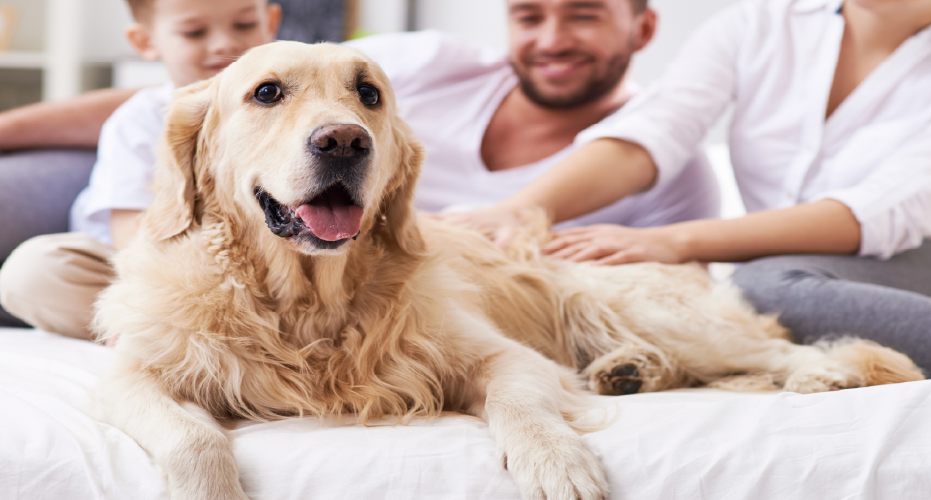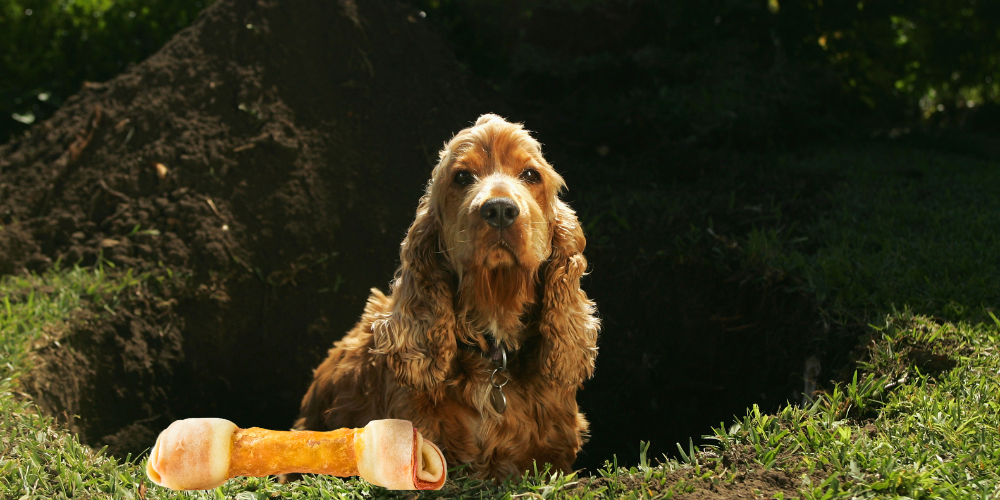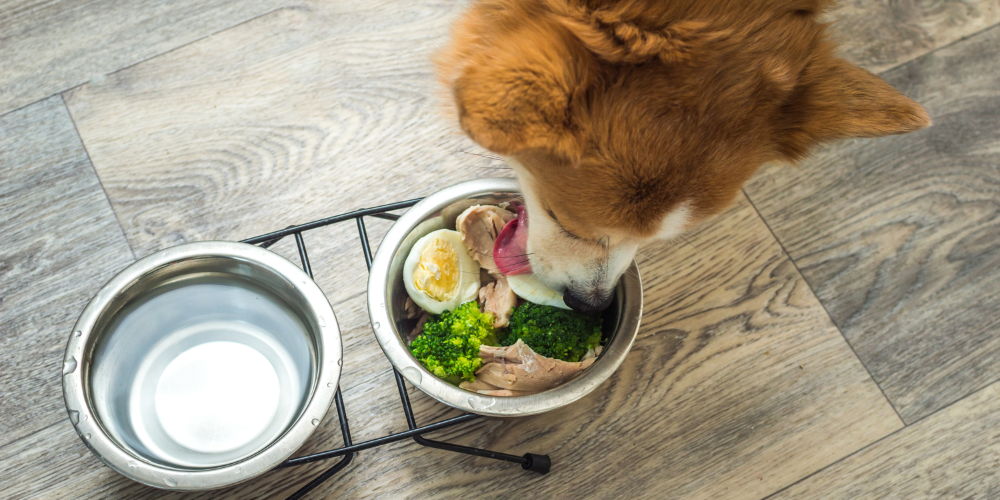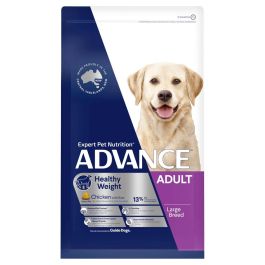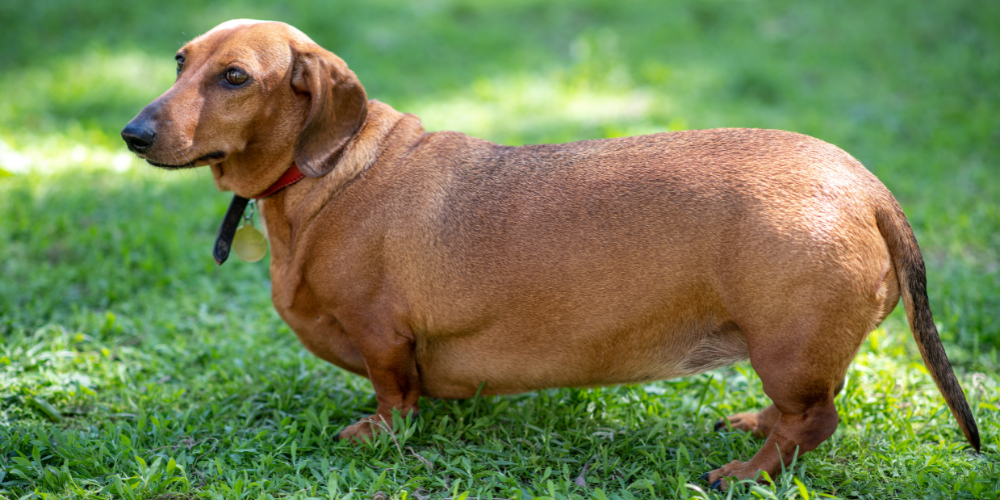
How to Tell If Your Dog Is Overweight
We all want our dogs to be happy, healthy, and full of energy. But sometimes, those extra treats and generous dinner portions can add up, leaving your dog carrying a little more around the middle than they should. Spotting whether your dog is overweight isn't just about their looks—it's a crucial part of ensuring they live a long and vibrant life. If you're wondering whether your dog might be a tad too cuddly or if you're curious about the impact of obesity on dogs, you're in the right place.
In this article, we'll cover how obesity can affect your dog's health, how to tell if they’re overweight, how to help them shed the extra kilos, and even what to do if your dog’s underweight.
How Obesity Can Affect Their Health
Carrying excess weight isn't just about a tight leash fit—it can lead to serious health problems for your dog. Obesity increases the risk of:
- Joint problems: All that extra weight puts more strain on their joints, often leading to arthritis.
- Heart disease: Yes, dogs can have heart issues too, and obesity is a major contributor.
- Diabetes: Too much weight can mess with your dog’s insulin levels, just like in humans.
- Shorter lifespan: Extra kilos often mean fewer years with your best mate.
Keeping your dog at a healthy weight is about more than just looking good—it’s about protecting them from these health risks.
Is Your Dog a Little Too Chunky?
Not sure if your dog has crossed into “overweight” territory? Here’s how you can tell:
- Feel their ribs: Run your hands along your dog’s sides. Can you feel their ribs without pressing too hard? If not, they might be carrying extra weight.
- Look from above: Stand over your dog and check their waistline. A healthy dog should have an hourglass figure. If they’re looking more barrel-shaped, it’s time for a diet chat.
- Side profile: When viewed from the side, their tummy should tuck up slightly. If it’s more of a straight line—or worse, drooping—then they may be overweight.
- Weigh-ins: Regularly weighing your dog (using a vet or a pet-friendly scale) can help you track their weight. Just remember, all dogs are different, so check with your vet about the ideal weight for your breed and size.
Shedding the Extra Fluff
If your dog needs to slim down, don’t panic—it’s doable, and you can make it fun for both of you!
- Portion control: Double-check how much food you’re serving. Those puppy eyes might be convincing, but stick to recommended serving sizes.
- Healthier treats: Swap calorie-dense snacks for healthy alternatives like carrot sticks or specially designed low-calorie treats.
- More exercise: Add an extra walk, throw a ball around, or play tug-of-war. A tired dog is a happy (and healthier) dog! Shop for your dog's new favourite toy.
- Interactive feeding toys: These make mealtime fun while slowing down eating and helping your dog burn a few extra calories. Try a puzzle feeder like this: ZippyPaws Slow Puzzle Feeder
What If Your Dog Is Underweight?
On the flip side, some dogs struggle to keep weight on. If you’re noticing your dog is looking more like a skinny greyhound than their usual self, it’s time to investigate.
- Rule out health issues: Visit your vet to check for underlying problems like parasites, dental issues, or medical conditions that could be affecting their appetite.
- Adjust their diet: High-calorie dog food or adding healthy fats like salmon oil can help them gain weight safely.
- Small, frequent meals: Breaking their food into smaller meals throughout the day can encourage consistent eating.
When to Consult a Vet
Whether your dog is underweight, overweight, or just right but you’re unsure, always check with your vet. They can provide tailored advice, recommend specific diets, and rule out any health concerns.
Summary
Keeping your dog at a healthy weight is one of the best things you can do for their overall well-being. Obesity can lead to serious health problems, but with regular monitoring, portion control, and daily exercise, you can help your dog maintain their ideal weight. And if your dog’s underweight? A trip to the vet and some strategic diet changes can make all the difference.
Remember, a healthy dog is a happy dog—and a happy dog means more tail wags, wet nose boops, and years of unconditional love.
